Mina Lobata Seeds

Flower Specifications
Season: Perennial
USDA Zones: 9 - 11
Height: 120 inches
Bloom Season: Mid summer to late fall
Bloom Color: Orange, red, yellow
Environment: Full sun
Soil Type: Sandy, well drained soil, pH 5.5 - 7.5
Deer Resistant: Yes
Latin Name: Mina Lobata
Planting Directions
Temperature: 70 - 75F
Average Germ Time: 10 - 16 days
Light Required: No
Depth: Plant seed 1/4 inch deep
Sowing Rate: Soak overnight in cold water or file a tiny notch in the seed coat before sowing 1 - 2 seds per plant
Moisture: Keep seeds moist until germination
Plant Spacing: 12 inches
Care & Maintenance: Mina Lobata
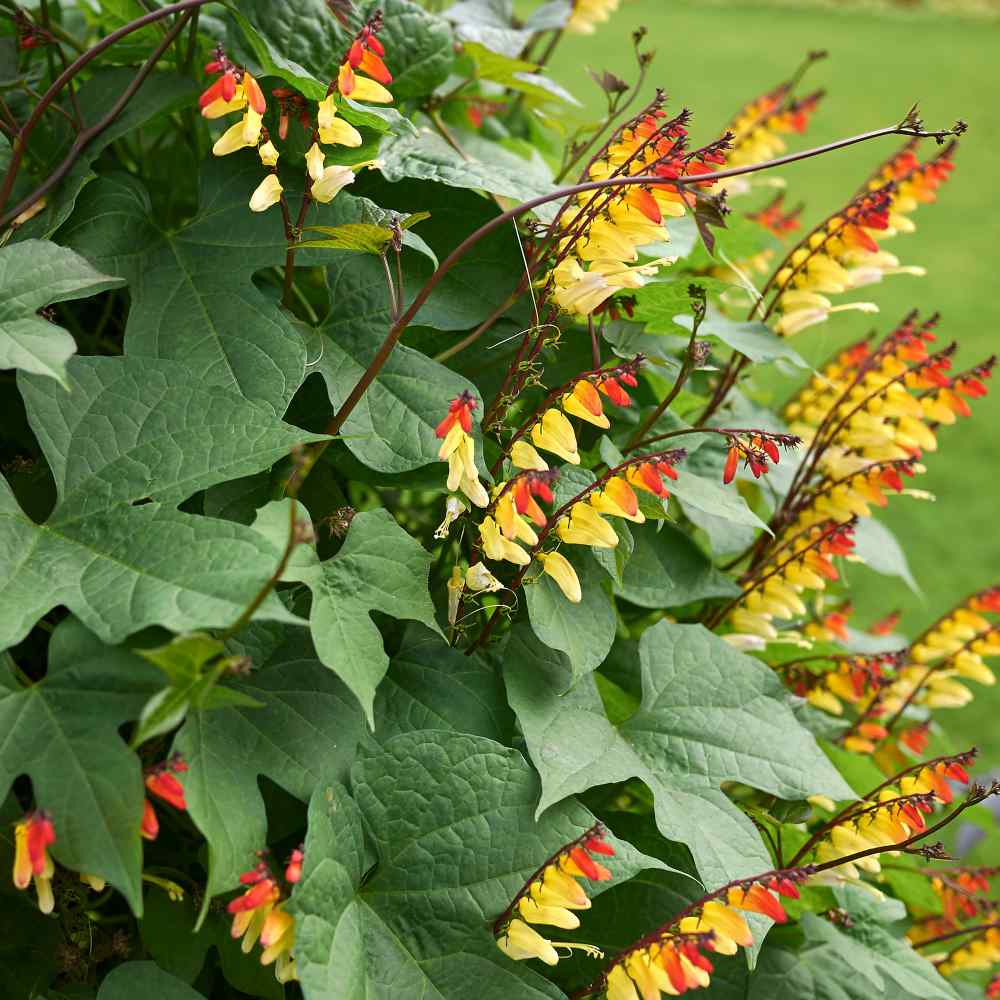
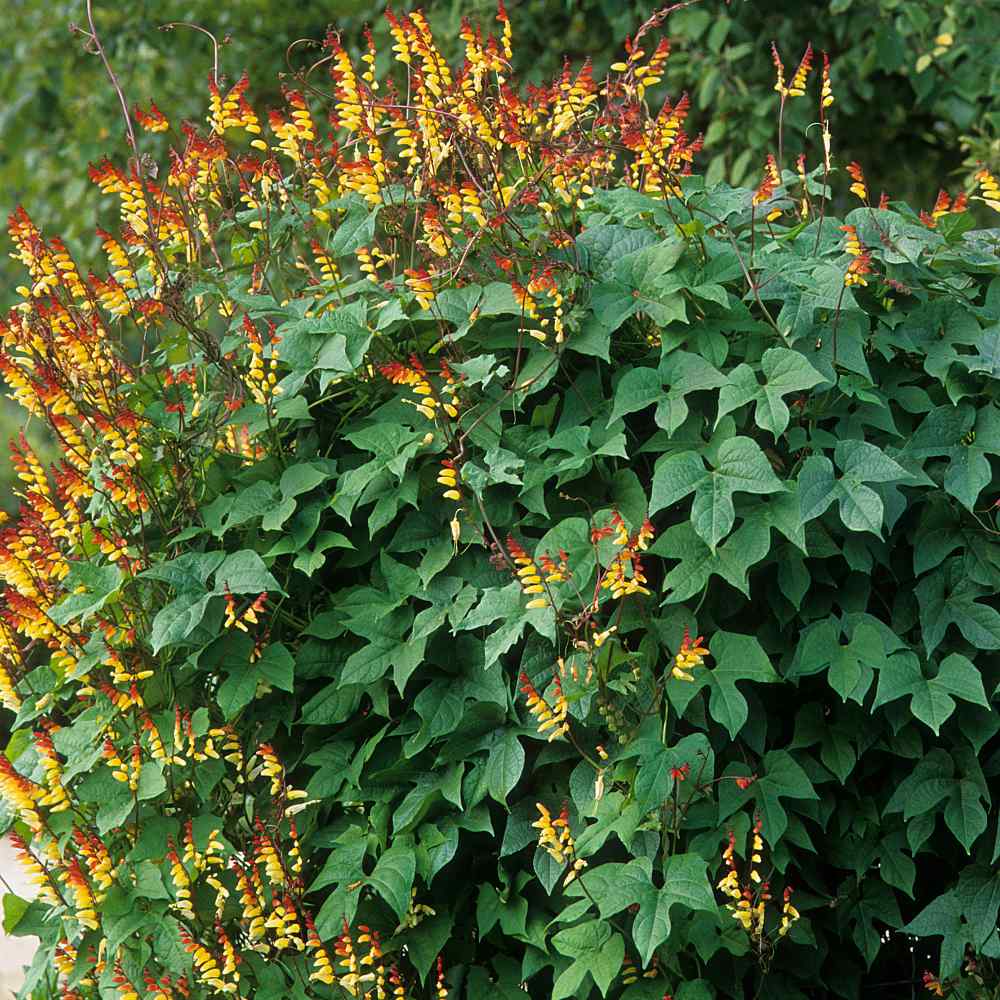
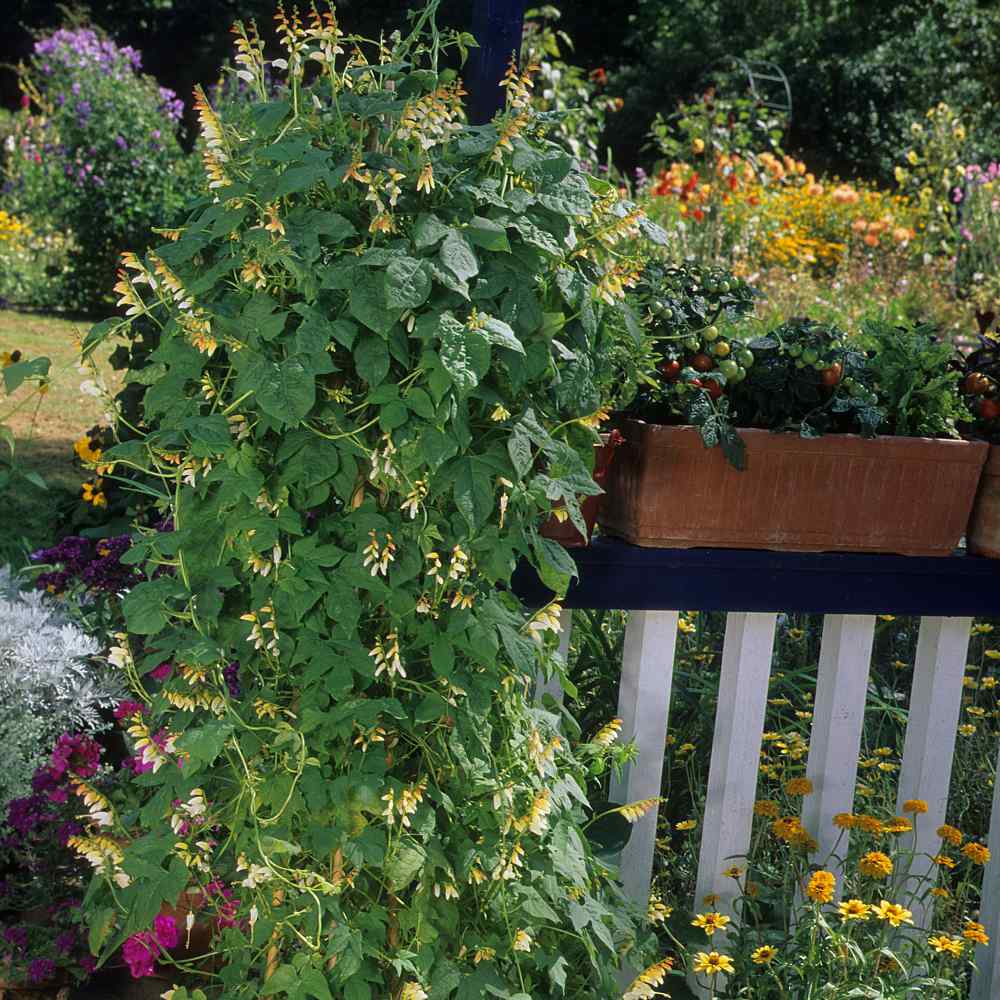
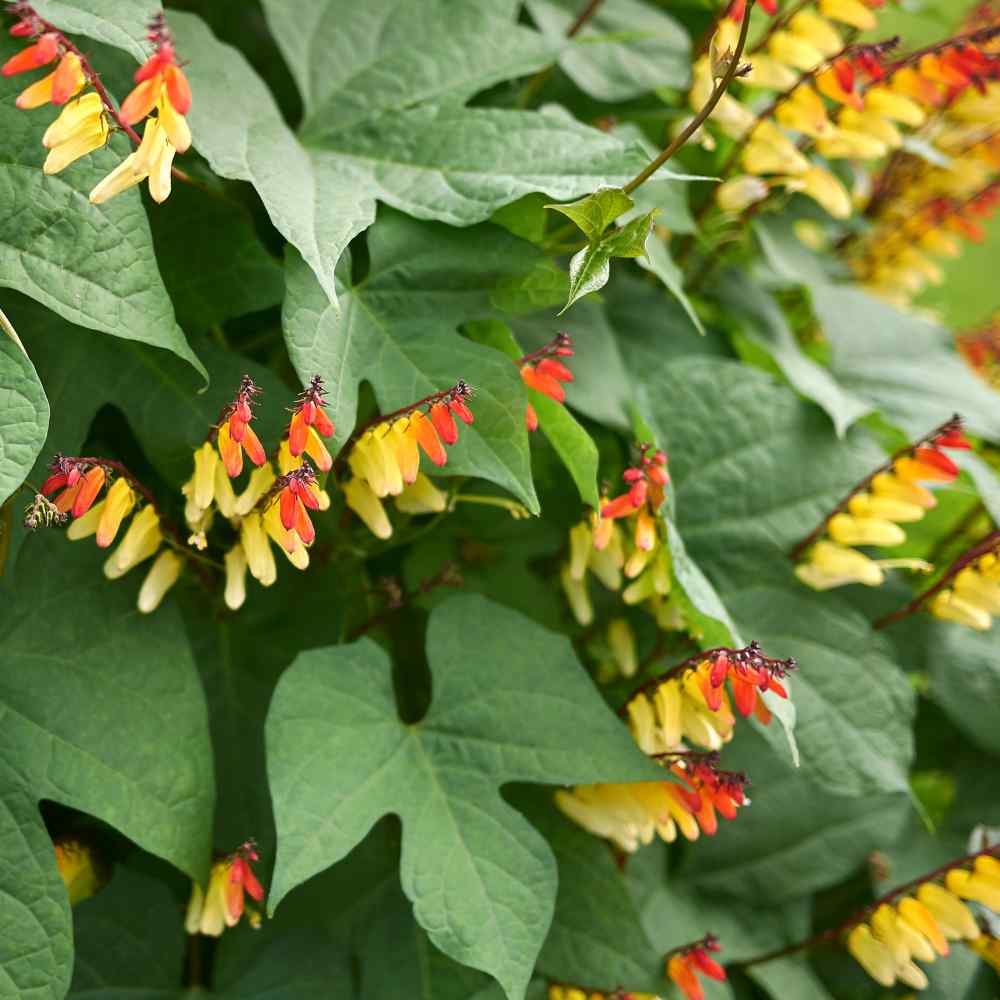
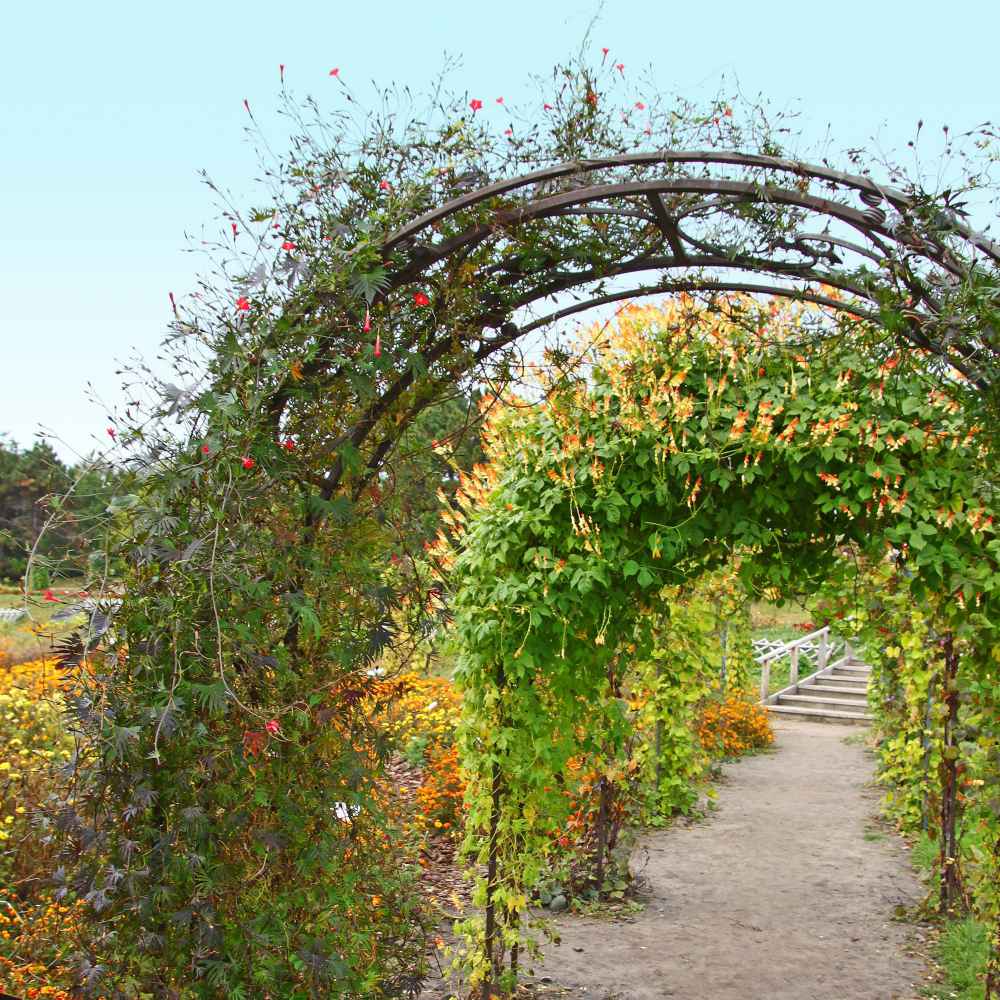
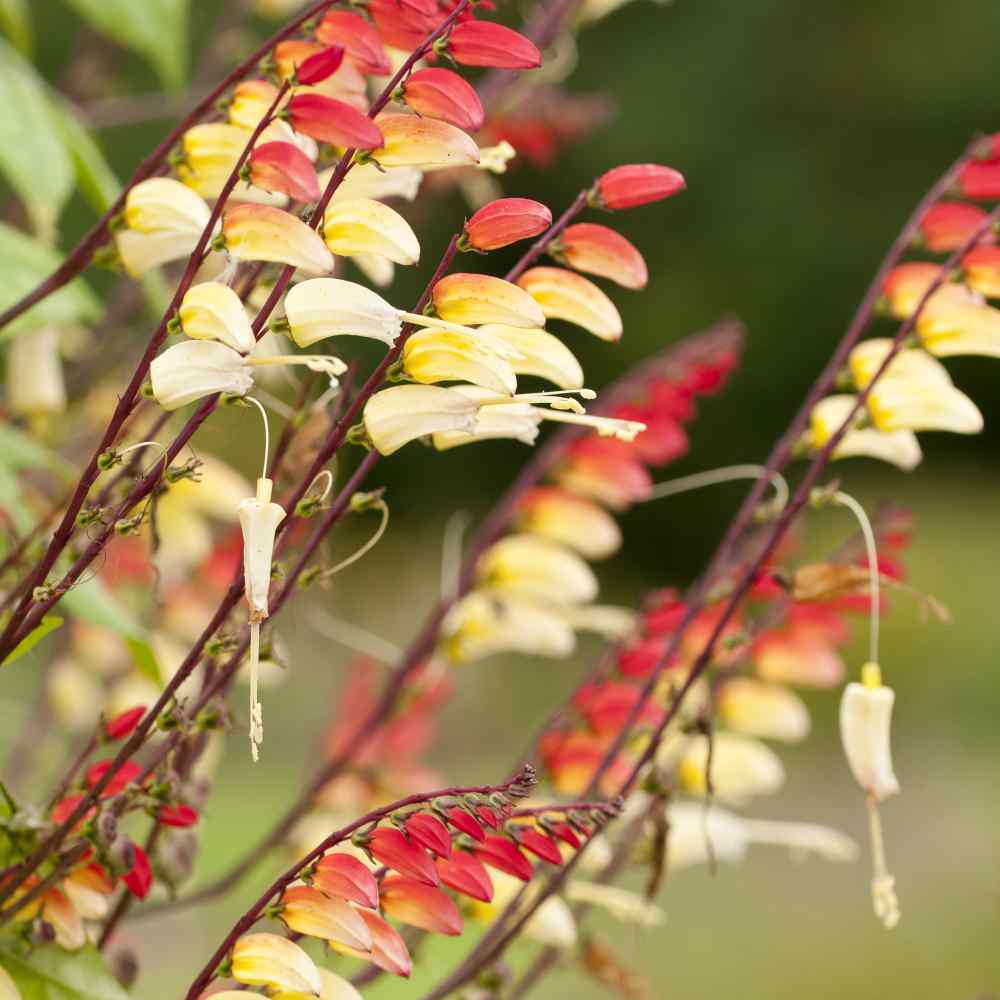
Firecracker Vine (Mina Lobata) - Start Mina Lobata seeds for this impressive vine that will attract lots of attention. Mina Lobata vine is a tender perennial that is typically grown as an annual. Mina Lobata has many common names: Firecracker Vine, Fire Vine, Spanish Flag Vine, and Exotic Love Vine. This plant also has a synonymous botanical name of Ipomoea Lobata. The early Spanish Flag flower is reddish-orange, fading to orange, yellow, and white flowers in mid-summer to fall. This member of the morning glory family produces masses of dazzling 1 - 2 inch tubular flowers that mature and grow on this climbing vine that can reach 10 feet tall. Firecracker Vine has twining stems which are best grown on wire or lattice frames, and when it is in full bloom, it will never be forgotten! Exotic Love Vine Mina Lobata is incredibly showy, and it deserves to be the focal point of your flower garden.
Growing Mina Lobata seed is very rewarding! Soak the seed overnight in warm water or nick the flower seed with a knife to break the outer coat of the seed. For the earliest blooms, start the flower seed indoors. Cover the Spanish Flag plant seeds with 1/4 inch of soil and keep moist. Transplant Mina Lobata seedlings outside after frost danger has passed. Firecracker Vine seeds can also be started directly outdoors in a prepared seed bed once temperatures have warmed in the spring.































